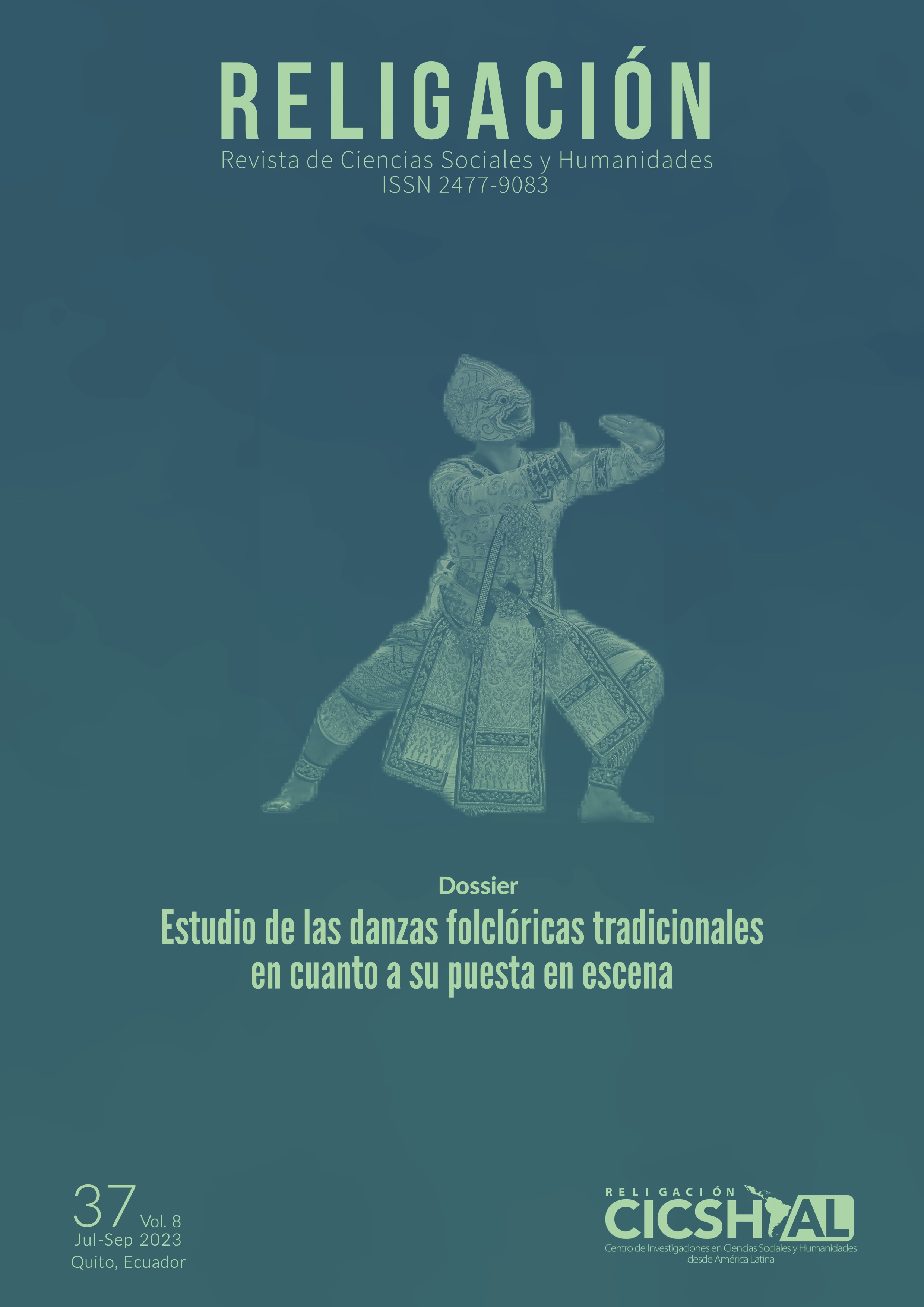Analysis of the investment of prickly pear cactus producers in the Valle of Teotihuacan
Abstract
This study examines the investment needed for cultivating prickly pear cactus per hectare in the Teotihuacan Valley region to assess production costs related to each stage of production for calculating profitability. This cross-sectional research employs a quantitative approach, using observation, interviews, and surveys with a non-random sample of producers. Despite achieving an average profitability of 70% during the cultivation period, this is highly dependent on climatic conditions and there are periods where they end up losing their entire investment. The production cycle relies heavily on the capital of the products, which is often very limited, and without government support, credit is not a viable option. It is essential to establish precise technical processes that are not solely reliant on experience as they jeopardize the harvest.
Downloads
Metrics
References
Casas, A., Valiente-Banuet, A., Viveros, J. L., Caballero, J., Cortés, L., Dávila, P., Lira, R., Rodríguez, I., & Rangel, G. (2002). La diversidad cultural y los recursos naturales en México: el manejo de los nopales (Opuntia spp.) en la cuenca de México. Interciencia, 27(12), 636-646.
Fideicomiso de Riesgo Compartido. (2017). La TUNA, una fruta muy mexicana. https://www.gob.mx/firco/es/articulos/la-tuna-una-fruta-muy-mexicana?idiom=es
Gerencia Regional Agraria La Libertad. (2009). Cultivo de tuna (Opuntia ficus índica). Manual técnico de tuna. https://acortar.link/OyNC3T
Hernández, R.S (2010). Metodología de la Investigación. Mc Graw-Hill
Hernández, R.S. (2014). Metodología de la investigación. Mc Graw-Hill.
ICARDA (2018). Ecología del cultivo, manejo y usos del nopal. https://www.fao.org/3/i7628es/I7628ES.pdf
La Organización de las Naciones Unidas para la Alimentación y Agricultura & International Center for Agricultural Research in the Dry Areas (2018). Ecología del cultivo, manejo y usos del nopal. Recuperado el 28 de octubre de 2021 desde: https://www.fao.org/3/i7628es/I7628ES.pdf
Márquez–Berber, S.R., Torcuato–Calderón, C., Almaguer–Vargas, G., Colinas–León, M., & Khalil Gardezi, A. (2012) El sistema productivo del nopal tunero (Opuntia albicarpa y O. megacantha) production system in Axapusco, Estado de México. Problemática y alternativas. Revista Chapingo. Serie horticultura, 18(1)
Reveles, R. (2004). Costos I. Universidad de Guadalajara.
Rodríguez, R.R. (2008). Libro de prácticas de gestión de sistemas avanzados de fabricación. Limusa.
Sánchez, K. (2012). Costos I. Red Tercer Milenio.
SEMARNAT. (2017, 24 de febrero). Nopal, planta que documenta la historia de México. Gobierno de México. https://acortar.link/0LyPSw
Servicio de Información Agroalimentaria y Pesquera. (2018). En 2017, la producción nacional de tuna y xoconostle fue superior a 470 mil toneladas. Gobierno de México. https://acortar.link/JB9wPQ
Sweet Cannela. (2017). ¿Conoces todas las variedades de tunas mexicanas? Directo al paladar. https://www.directoalpaladar.com.mx/ingredientes-y-alimentos/conoces-todas-las-variedades-de-tunas-mexicanas
Tamayo, M. (2007). El proceso de la investigación científica. Grupo Noriega Editores.
Torres, A. (2010). Contabilidad de costos, Análisis para la toma de decisiones. McGraw Hill.
Torres-Ponce, R. L., Morales-Corral, D., Ballinas-Casarrubias, M. de L., & Nevárez- Moorillón G. V. (2017). El nopal: planta del semidesierto con aplicaciones en farmacia, alimentos y nutrición animal. Revista Mexicana De Ciencias Agrícolas, 6(5), 1129–1142. https://doi.org/10.29312/remexca.v6i5.604
Copyright (c) 2023 Blanca Estela Hernandez Bonilla, Sendy Janet Sandoval Trujillo, Verónica Ramírez Cortés, Lilia Esther Valencia Cruzaty

This work is licensed under a Creative Commons Attribution-NonCommercial-NoDerivatives 4.0 International License.












